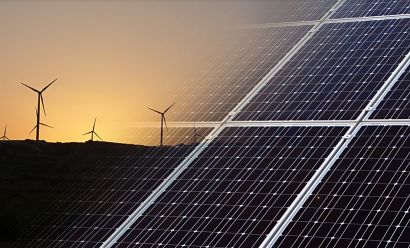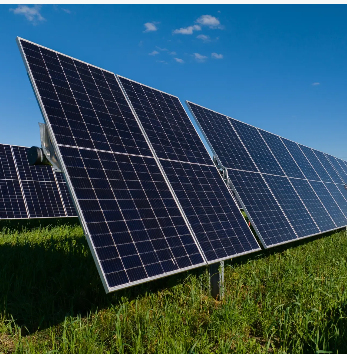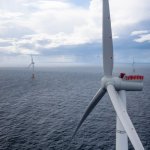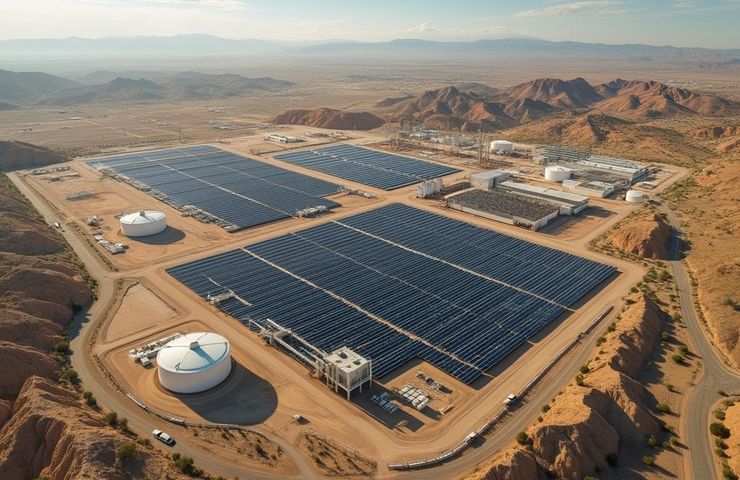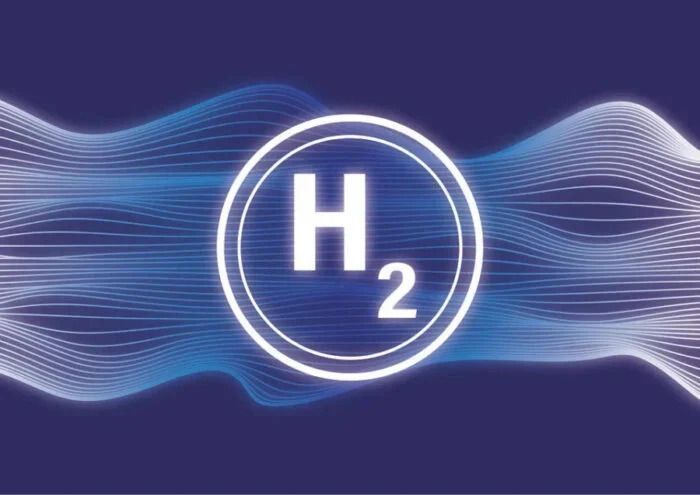Is crystalline silicon solar resistant to electromagnetic fields?
Researchers in Burkina Faso have assessed the technical feasibility of PV systems near base transceiver stations and have found that solar modules with "optimal" boron doping levels may better resist the electromagnetic field effects.

Researchers in Burkina Faso have assessed the technical feasibility of PV systems near base transceiver stations and have found that solar modules with "optimal" boron doping levels may better resist the electromagnetic field effects.
A team of researchers from Université Joseph KI-Zerbo in Burkina Faso has investigated the performance of PV systems located close to base transceiver stations (BTS) and has found that electromagnetic fields may affect the solar array performance depending on their strength.
The scientists explained that the presence of the electromagnetic wave in the BTS can cause a current increase in the solar modules, although this effect may not be strong enough to affect the energy production of the system.
“However, when the electric field is too strong, part of the current generates heat through the Joule effect. This can degrade the quality of the pn junction. So, it is better to reduce the PV cell exposition to a strong electromagnetic field,” they stated.
The research team recommended deploying the PV system at a “safe” distance from the BTS and utilizing solar modules with high levels of boron doping, which are more resistant to electromagnetic field effects and are less prone to light-induced degradation (LiD).
To test their approach, the academics conducted a series of simulations and identified what they described as the optimal boron doping range enhancing solar module resistance to electromagnetic field damage.
Boron concentration in solar cells is key for forming the p-n junction needed for solar energy conversion. The concentration of boron in the p-type layer is typically 1021 cm−3. The researchers found that, with a boron concentration of 1017 cm−3, the current in the module drops while the voltage sees a slight increase.
“This can be explained by the capacity of the PV cell to show better resistance to the EMF effects at 1017 cm−3. ,” they further explained. “This observation is a confirmation that the output maximum electric power is found at this doping level keeping the PV cell under steady state multispectral solar illumination to mitigate the LID effects.”
The team said its findings can help project developers and solar module manufacturers “easily” integrate PV systems in BTS infrastructure.
Its findings can be found in the paper “Resistivity of crystalline silicon photovoltaic cell to the electromagnetic field effects,” published in Solar Compass.
What's Your Reaction?

















